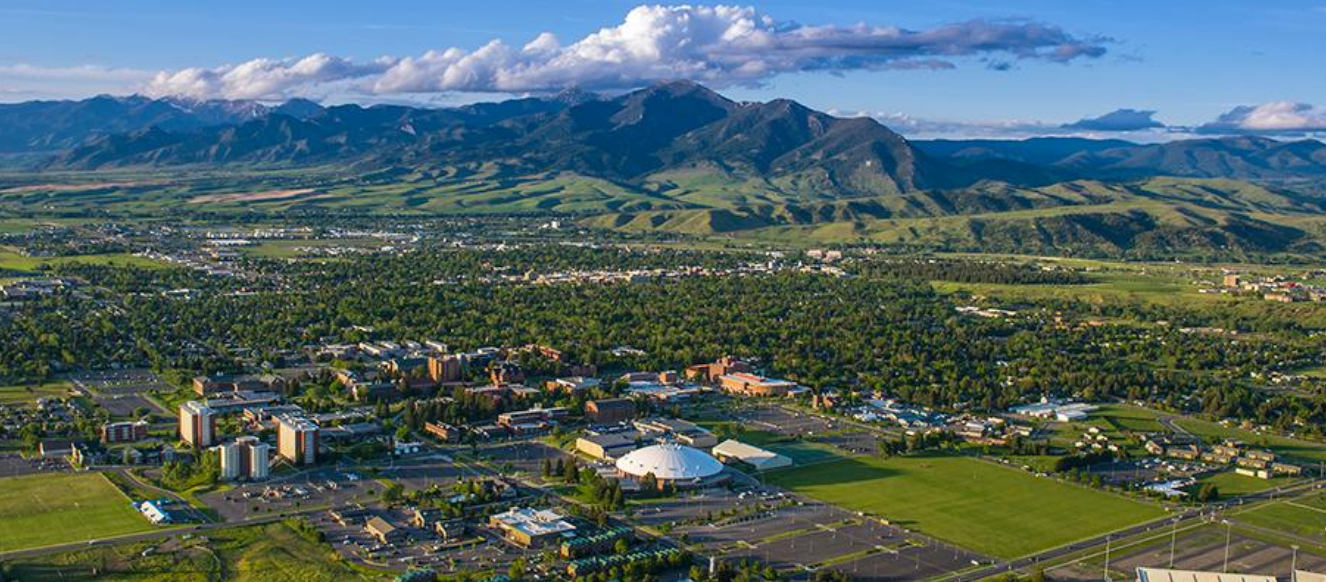
Named the fastest growing micropolitan (under 50,000 population) for the sixth year, Bozeman continues to draw people here for the gorgeous outdoor recreation, the rich cultural activities, and the laid-back lifestyle. Without a doubt, there are numerous reasons people are moving here in droves, but before you pack up and head to the mountains, it’s essential to understand the big picture about living in a mountain town.
First and foremost, the mountains and rivers are the biggest draws to Bozeman. The opportunities are incredible, whether hiking, biking, skiing, or boating. Back in the 1970s, mountaineers discovered this hidden gem, and many moved here, bringing an entrepreneurial spirit that still defines Bozeman. Aside from agriculture and Montana State University, there didn’t use to be a lot of industry, so many people created businesses that have stood the test of time.
Today, there is a rising technology sector, with one-third of Montana High Tech Business Alliance members located in the Bozeman area, including 40+ photonics companies specializing in lasers, optics, and related technologies. In addition, the rise of remote workplaces has opened the door for even more people to call Bozeman home. The increased air service at Bozeman Yellowstone International Airport makes it easier for people to commute as needed. There are now 21 non-stop flights to major cities across the U.S.
Montana State University and Gallatin College have both experienced growth in enrollment, making MSU the state’s largest university. In addition, Gallatin County has two high schools, two middle schools, eight elementary schools, and seven private schools.
Culturally, Bozeman rivals larger western cities with excellent restaurants, unique shopping, live music, theater, film, and many community events. Summer brings Music on Main, a free outdoor concert series each Thursday night, the Sweet Pea Festival of the Arts, the SLAM festivals, and other local gatherings. In addition, there are three distinguished museums; the Museum of the Rockies, the American Computer and Robotics Museum, and the Gallatin History Museum, plus two farmers’ markets, the Bozeman Farmers’ Market, Gallatin Farmers’ Market, and a Winter Farmers’ Market, plus several CSAs. While much smaller these days, there is still ample agriculture in the area, and the rich soil still exists.
For those who love a good libation, Bozeman has twelve craft breweries, three distilleries, a cider house, and a meadery – all producing innovative and exceptional products.
And, while Bozeman offers plenty of reasons to move here, it also poses some challenges. For one, it’s a long winter. The average high temperature reaches just past seventy degrees, only two months of the year, July, and August, which can be the only two months without snowfall. Many people visit in the summer and understandably fall in love with the area. Still, if you’re going to move here, it’s good to experience the other seasons, to make sure you or your family will enjoy the colder climate.
Housing prices here are higher than in many other areas in Montana. Bozeman is sought-after, and with limited inventory, real estate prices have increased. You’ll also find restaurant pricing to be more commiserate with the city. Delivering to a remote location and significant demand pushes these prices up more than they have been in previous years. Regarding restaurants, it’s wise to make dinner reservations in advance, particularly during the peak seasons like summer or holidays.
Since many people have relocated away from Bozeman due to the cost of living, and many people have brought their job with them, the service sector has a lot of job openings with well-paying wages. In addition, the Streamline Bus system offers no-fare service around the area.
There are many reasons to move to Bozeman but be sure to plan; finding housing can take some time.


 Facebook
Facebook
 X
X
 Pinterest
Pinterest
 Copy Link
Copy Link

